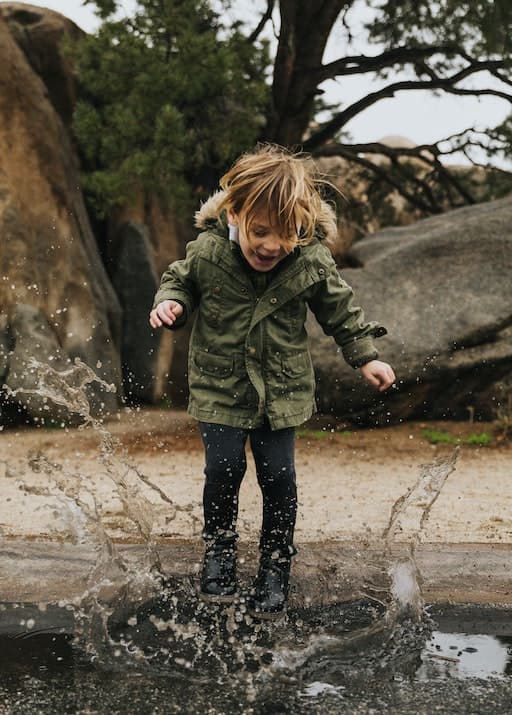Staying Safe by Water
As days start to lengthen and temperatures slowly begin to rise, life begins to stir in ponds and lochs. Bubbles of frogspawn start to form, water boatmen skim across the water’s surface, toads do breaststroke, aquatic plants shift from greyscale into colour, caddisfly larvae build their remarkable cases, and birds fly low looking for insects… If you’ve got a curious mind, you might want to take a closer look… There’s a lot to be seen! But water is hazardous, not somewhere to let small children or dogs out of sight, even for a moment. If there is potential for a child or dog to get out of control, it is time to move away from the water’s edge, and return when spirits are calmer.
Things to remember:
- Weather has there been a lot of ice, snow or rain in recent days? It doesn’t matter if it’s dry today: if there’s snowmelt, or it’s been raining all weekend, there is a strong probability that rivers and ponds will have burst their banks. Water is likely to be deeper and faster-flowing, and much harder to safely investigate. Plan your visit for when the levels have dropped again!
- ground may be very muddy, uneven, or covered in reeds, and is not necessarily solid. It is impossible to accurately judge the depth of water just by looking. So make sure you’re standing on solid ground!
- Just as you can’t know how deep water is, you can’t know how thick ice is going to be, or if it will bear your weight. Clinging onto a dead tree branch isn’t going to give you any support! Don’t risk it. Instead, launching pebbles or pine cones out onto the ice is great fun!
- Your phone, or any other electrical items, will be unlikely to respond well to getting wet. Waterproof cases and dry bags are very useful.
- Cotton and denim clothing, once wet, will get bitterly cold, very heavy and take ages to dry; fleeces and waterproofs are much better.
- If in doubt, stay away. Rivers and ponds and all the life in them will still be there when the conditions are right for you!
Things you should pack in your rucksack if you’re going to be near a body of water:
- Flask with a hot drink – this is essential for warming yourself up.
- A snack (something high energy, like a chocolate bar).
- Spare layers – an extra fleece is really important.
- Hat, gloves and scarf, plus a change of socks.
- First aid kit.
- A camera, notebook and pencil, and tupperware box for samples – tadpoles, maybe? – might be fun too!
If, despite best efforts, you do get wet, you should move fast to (a) remove wet clothing, (b) replace with warm dry clothing (the spare layers in your rucksack, including hat, gloves and scarf), (c) have a quick drink of something warm from your flask, and maybe a bite of sugary food, and (d) get yourself home! If this involves a drive, turn up the heating in the car. And once you’re home and warmed up a bit, have a shower or a bath, and afterwards you can bask in the fact that you are safe and clean and cosy!

This is part of the Amphibians In Spring information.